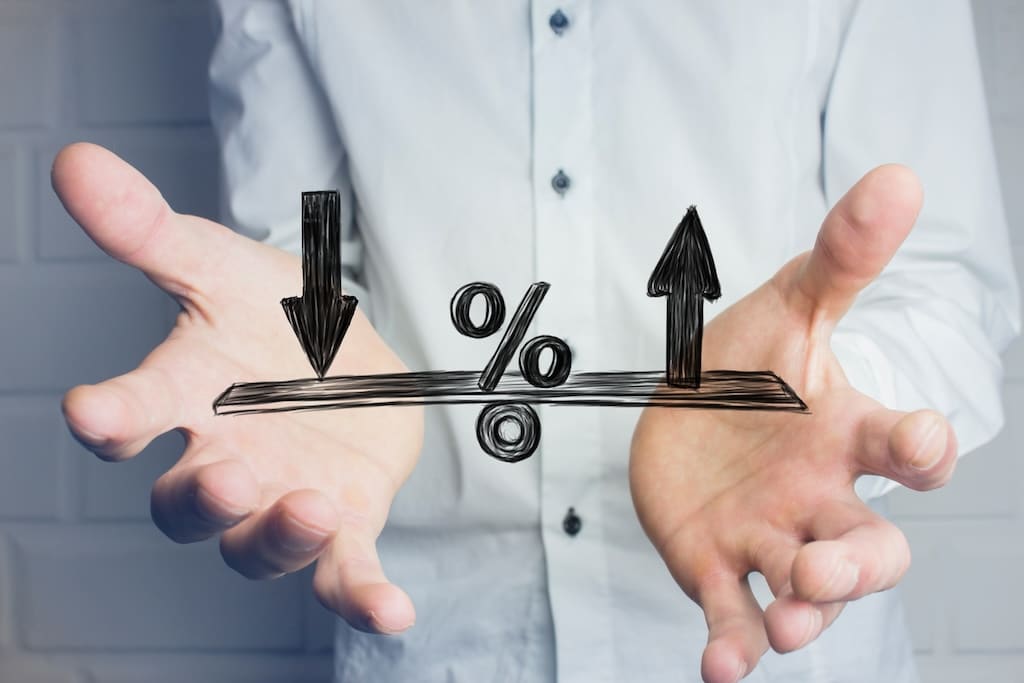You can configure your smartphone so that it automatically backs up all your photos to the cloud. It’s possible to automate the deliveries of diapers and dog food to your doorstep. (Hello, Amazon Subscribe and Save!) And you can even put the task of paying all your monthly bills on autopilot.But when it comes to your various financial accounts and protecting your credit, automating everything is certainly not the best idea.
How to protect your credit
Checking in with your financial accounts not only helps you keep tabs on your spending and saving, but it’s also one of the easiest ways to protect your credit and reduce your risk from identity theft. So how often should you review your various accounts?
Your checking accounts
You really should touch base with this vital account once a day. While that sounds like a lot, doing so takes just seconds if you bank online (and you should). Looking at your account’s balance and transactions each day helps to ensure that debit card fraud hasn’t been committed on your account. Additionally, it reduces the risk of overdrawing your account, which could cost you upwards of $30 or more in overdraft fees for each incident.
Your credit cards
The same holds true for your credit cards. Checking in with each of them daily allows you to review your transactions, keeping an eye out for any fraudulent ones. Forty-two percent of Americans have experienced some sort of payment card fraud within the past five years, according to a survey in 2012 by research firm Aite Group and ACI Worldwide, a payment-software company. And with all the recent data breaches, that number is likely much higher today. While you’re only responsible for up to $50 if fraud has occurred (and in many cases, none at all) dealing with it sooner rather than later is always easier. Additionally, watching your balance tick upward could make you less likely to charge more than you can afford.
Your credit report card
Regularly checking your credit report is one of the quickest ways to pinpoint errors and possible signs of identity theft. Fortunately, the Fair Credit Reporting Act gives everyone the right to check your credit reports for free once a year from each of the three credit bureaus — Equifax, Experian, and Transunion. Rather than claiming your free credit reports from all three bureaus at once, consider pulling one report every four months, staggering them from bureau to bureau. This way, you’ll be able to proactively review your credit report information quarterly versus sporadically checking in every 12 months.
The benefit to this strategy is that if you see signs of an unauthorized account opening or other fraudulent information, you can quickly react and place a fraud alert on all three of your credit reports. Placing a fraud alert on your credit reports gives you additional consumer protection rights outside of your annual freebie, and allows you to obtain current copies of your credit reports from all there bureaus to review and dispute fraudulent accounts immediately.
Another way to keep tabs on your credit is to sign up for credit monitoring. Many credit monitoring services cost a small monthly fee but with free services like Credit Sesame, you can sign up for free credit monitoring, which will give you daily monitoring of your Experian credit report. Credit Sesame also includes a free monthly credit score and free identity theft protection in the event you’re ever a victim of identity theft.
Your retirement accounts
While online access makes it possible to easily check your retirement accounts daily, experts agree that there’s no real reason to go to that extent. After all, IRAs, 401(k)s and 403(b)s are long-term savings vehicles, so you shouldn’t be changing up your investments in them on a frequent basis. Simply checking in every six months — or even just once a year — is sufficient. At that time, if your allocations have gotten out of whack with your risk tolerance, reallocate accordingly. Otherwise, let them be — and watch your nest egg grow.
Keep your accounts safe when you travel
But what if you actually are going on vacation? You’re going to need a plan of action to do more than just stay up to date on your accounts. Here are some tips and tricks to keep your accounts in order and free from identity thieves.
According to a Federal Reserve Bank of Boston survey, the average American has at least 3 credit cards tucked in their wallet. Take those cards along with you on a long weekend getaway, a weeklong tropical vacation, or an extended trip, and those credit cards turn into three opportunities for an identity thief to cause you a lot of headaches and make you wish there were such things as wallets that protect credit cards.
A consumer’s “vacation wallet” should have only the basic items; auto and health insurance cards, driver license and a debit/credit card since that replaces the need to carry cash or your check book. There’s no reason to tote any store credit cards, discount cards, etc. Those only increase exposure to identity theft (and headaches) should your wallet fall into the wrong hands.
Additionally one or two (at the most) bank credit cards should join you on vacation and business trips, too. You want to bring two in case there’s a problem with one card, you’ll have a back-up.
There are a few tricks on how to protect your credit card and wallet while on vacation. Read on to learn how your credit cards can stay a happy and safe on the road.
Trick pickpockets
Whether you’re at a restaurant, rest stop or local attraction, rifling through cash and credit cards (either in your wallet or in a bundle you retrieve from your pocket) gives potential ID thieves a glimpse into your life. Instead, break up the contents of your wallet.
Carry a bank credit card in a front pocket and your debit/credit card in your wallet so you only have to retrieve the specific method of payment you want at the register.
Split up
If you’re traveling with your spouse or partner, divide and conquer your forms of payment. Instead of one of you carrying all the plastic, mix things up and tuck half the plastic in each of your wallets or pockets. That way in case one of you loses your wallet and you need to cancel a card, the other person has a card from a different account.
Lock them up
Don’t feel like lugging your wallet or credit card to the amusement park, casino or museum? Don’t look to your luggage or hotel room as safe harbor. While it’s tempting to be lulled by the ease of stuffing your plastic on the bottom of your luggage, remember various hotel workers have access to your room. That’s why it’s wise to keep credit cards out of plain sight by stashing them in the hotel room’s safe (or the safe at the front desk) which an unscrupulous maid can’t access.
More on Protecting Your Credit & Identity:
How Do You Know If Your Identity Has Been Stolen?
5 Steps to Take Immediately If You’ve Been a Victim of Identity Theft
How to Protect Yourself in the Age of Data Breaches





















